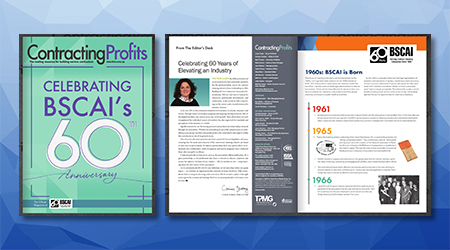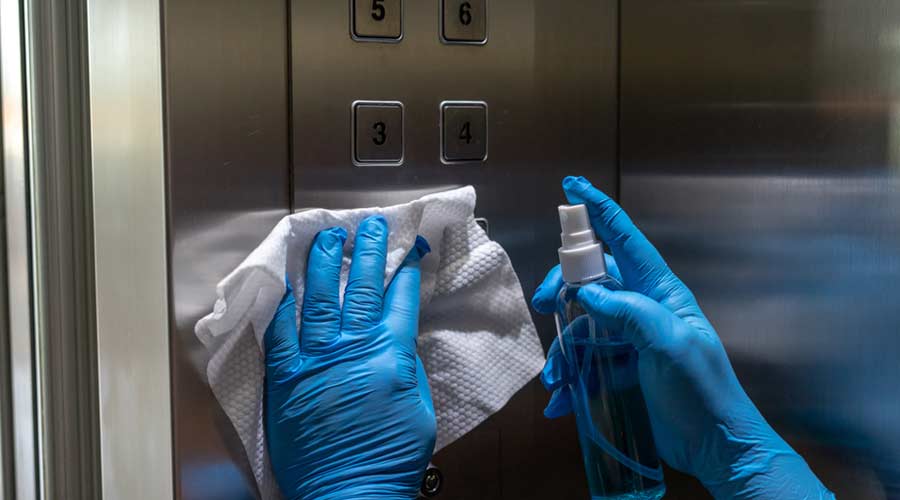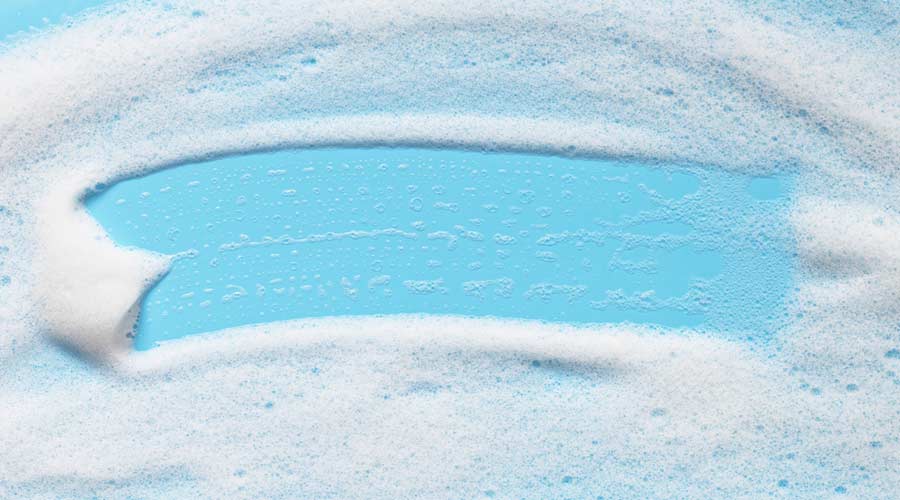
By David Green, CEO and founder of Rediscover Clean
In an industry where first impressions matter and operational precision keeps customers coming back, how we train our newest team members can make or break service outcomes. Yet, too often onboarding in the cleaning industry is treated as a rushed checklist rather than a strategic investment. Whether you're managing hospital EVS teams, hotel housekeeping departments, or commercial janitorial crews, the goal is the same: build confident, capable employees who can deliver consistent, high-quality results.
So how do we design training programs that stick and lead to long-term retention, better performance, and stronger teams?
Here are the core principles that make a training program not just effective, but transformational.
1. Start with the End in Mind
Before developing content, define what success looks like. What should a new hire know, say, and be able to do after their first week? After 30 days? After 90 days?
Build your training around outcomes, not tasks. For example:
- Outcome: Employee properly cleans a restroom following dwell time and safety protocol.
- Training task: Show and practice chemical usage, dwell times, PPE, and surface sequencing.
Once outcomes are defined, you can reverse-engineer your sessions and validate performance using audits, checklists, or practical tests.
2. Create a Consistent Structure
Consistency creates confidence. A successful training program should have a repeatable framework, including:
- Orientation: This should involve mission, safety, policies, culture, and purpose.
- Hands-on training: Conducted by certified trainers or experienced leaders.
- Shadow shifts: Observe and assist before solo assignments.
- Follow-up checkpoints: Supervisor check-ins after seven, 14, and 30 days of employment.
Consider a printed training roadmap or onboarding workbook to reinforce structure.
3. Train with Precision, Not Assumptions
One of the biggest mistakes we make is assuming people "should know" how to clean. Professional cleaning is a science. From pH levels to sequencing, to microfiber protocols and infection control, it’s our job to break down processes with clarity. Avoid vague language like “clean thoroughly” and instead demonstrate the exact standard. For example: “Wipe the table from left to right in overlapping strokes using a blue microfiber cloth sprayed with neutral cleaner.” Or “Avoid cross-contamination by not reusing cloths between rooms.”
This level of precision helps reinforce accountability and supports brand consistency across shifts and locations.
4. Use Visuals, Repetition, and Real-World Scenarios
Adults don’t learn best through manuals — they learn by seeing and doing. That’s why the most effective programs integrate:
- Visual aids: Posters, diagrams, color-coded charts, videos.
- Interactive demos: Hands-on walkthroughs using actual tools and equipment.
- Scenario-based training: How to respond to spills, guest complaints, biohazard situations, etc.
Repetition matters. Use a three-part model: show, do together, do independently. Repeat high-risk tasks across multiple days, not just once. Muscle memory in our industry can be a safety net — or a liability.
5. Build in Engagement and Emotional Connection
Cleaning isn’t just physical — it’s emotional. Housekeepers, custodians, and EVS techs are often invisible heroes, and the training phase is your chance to connect them to purpose. Don’t skip "why." Let new hires hear stories of how their work prevents infections, creates memorable hotel stays, or contributes to a clean, safe community space. Use testimonials, quotes, and real examples to build pride and connection. Also consider adding a brief “mission moment” to each day of training. This can be a positive story or guest review that reminds trainees that their work matters.
6. Train the Trainers
Even the best program will fall short if the trainer isn't equipped to deliver it well. Invest in your trainers by:
- Providing a clear trainer guide.
- Offering coaching on communication, patience, and feedback.
- Allowing them time off the floor to train with focus.
A strong trainer is more than a high-performing employee — they’re a coach, mentor, and culture carrier. Choose wisely.
7. Validate and Adjust
What gets measured gets improved. After the initial training period, assess outcomes using:
- Supervisor observations.
- Audit scores.
- New hire feedback forms.
- Retention rates and quality scores in the first 90 days.
Use this data to refine your onboarding program. Look for patterns — do certain trainers get better results? Are there consistent misunderstandings about the process?
Training should be a living system, not a static binder.
Final Thought
An effective training program is more than orientation; it’s the foundation of your company’s reputation. If we want our teams to clean with care, precision, and pride, we must first train with intention, structure, and empathy.
Invest the time up front, and the dividends will show up in guest satisfaction, regulatory compliance, and a culture of excellence that starts on day one.
David Green is the founder and CEO of Rediscover Clean, a national consulting and training firm serving luxury hotels and healthcare systems. He specializes in leadership development, cleaning program assessments, and building teams that clean with elegance, empathy, and excellence.
posted on 11/20/2025

 Celebrating BSCAI's 60th Anniversary eBook
Celebrating BSCAI's 60th Anniversary eBook The Down and Dirty on Cleaning in Virus Season
The Down and Dirty on Cleaning in Virus Season How Surfactant Use is Expanding in Commercial Cleaning
How Surfactant Use is Expanding in Commercial Cleaning